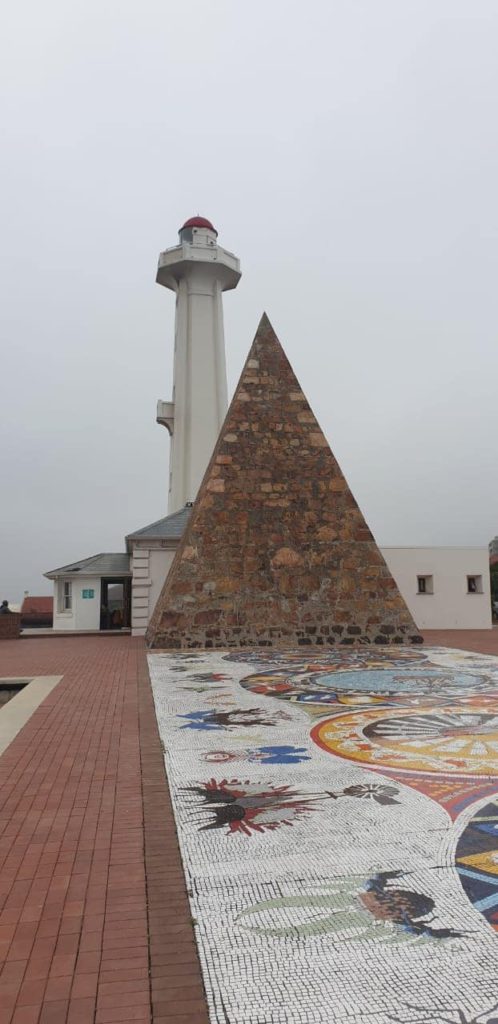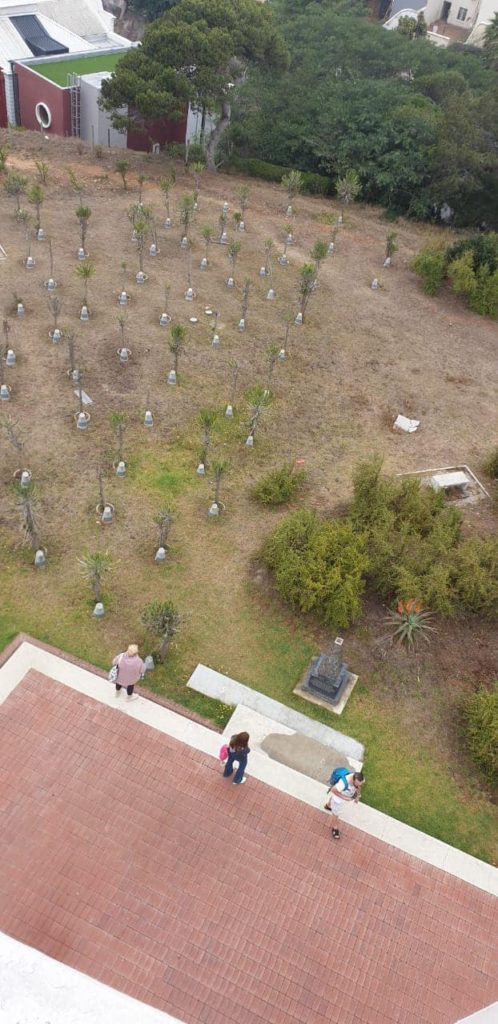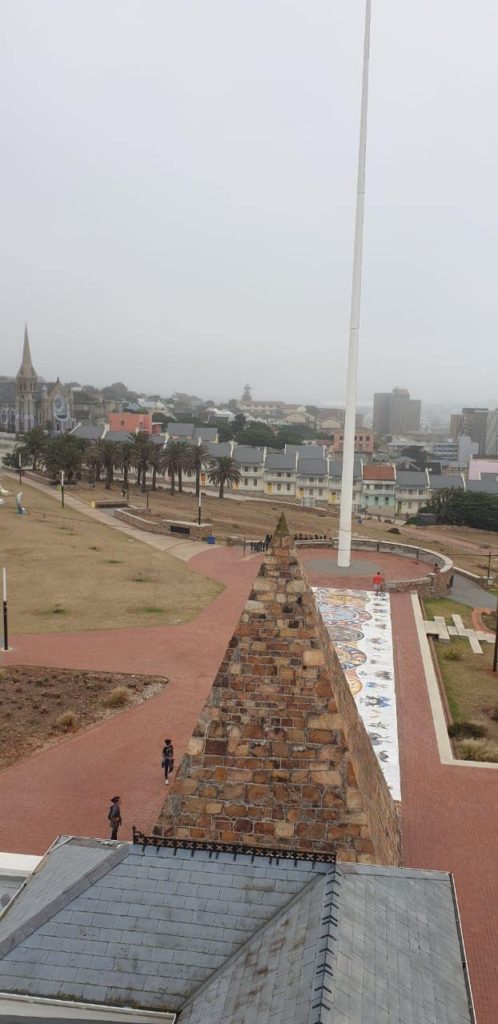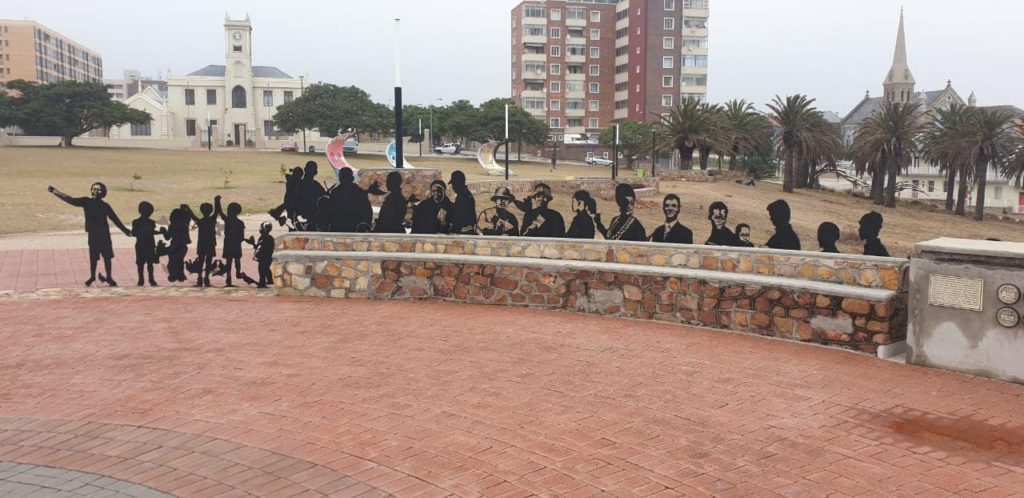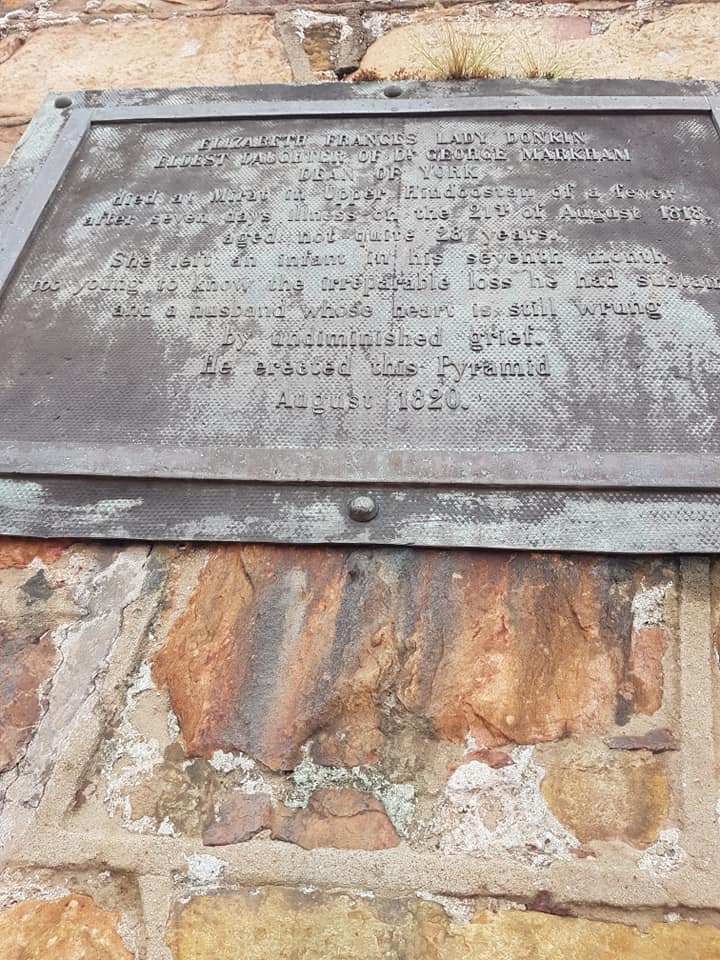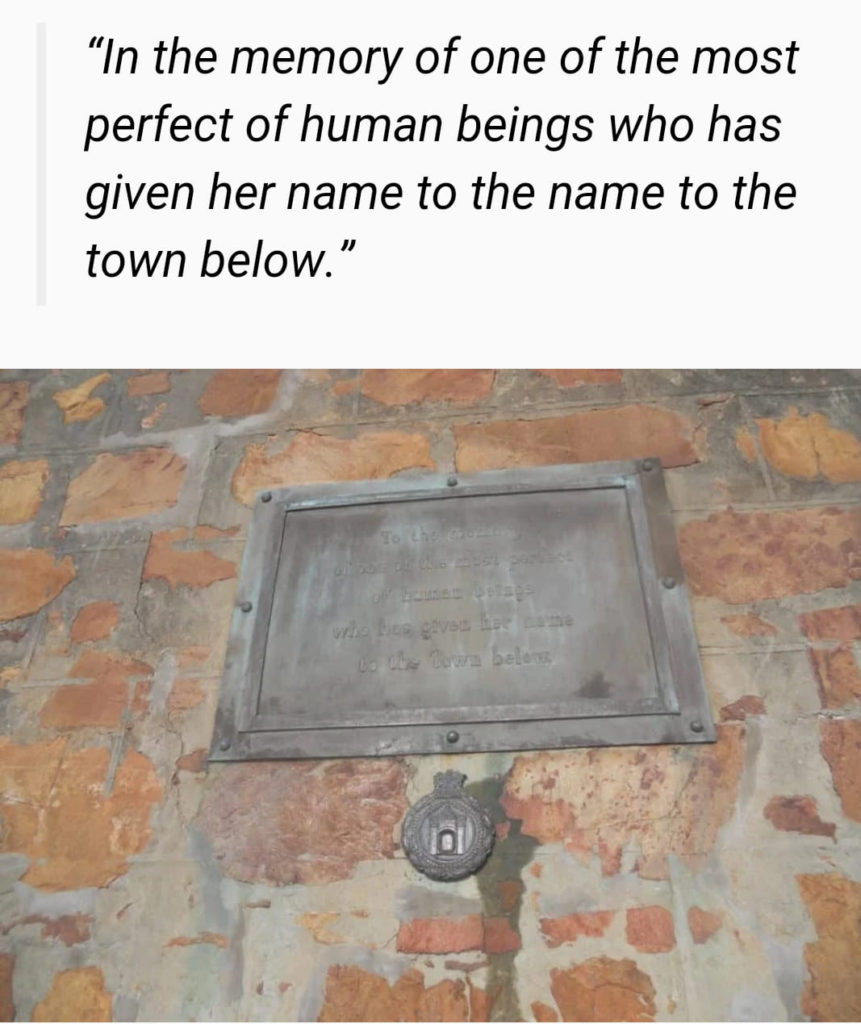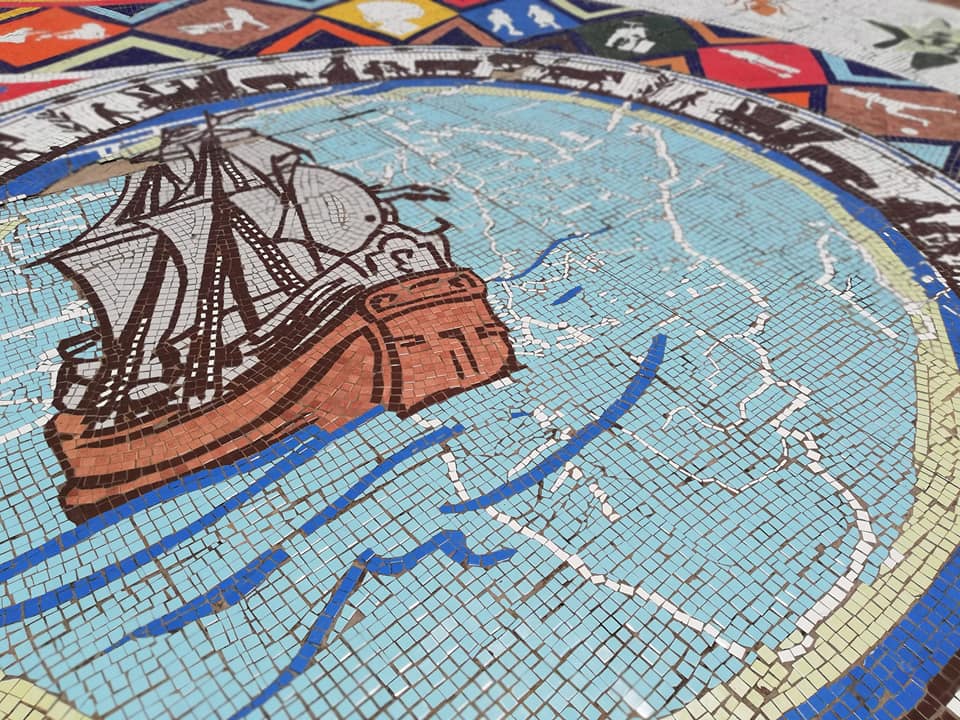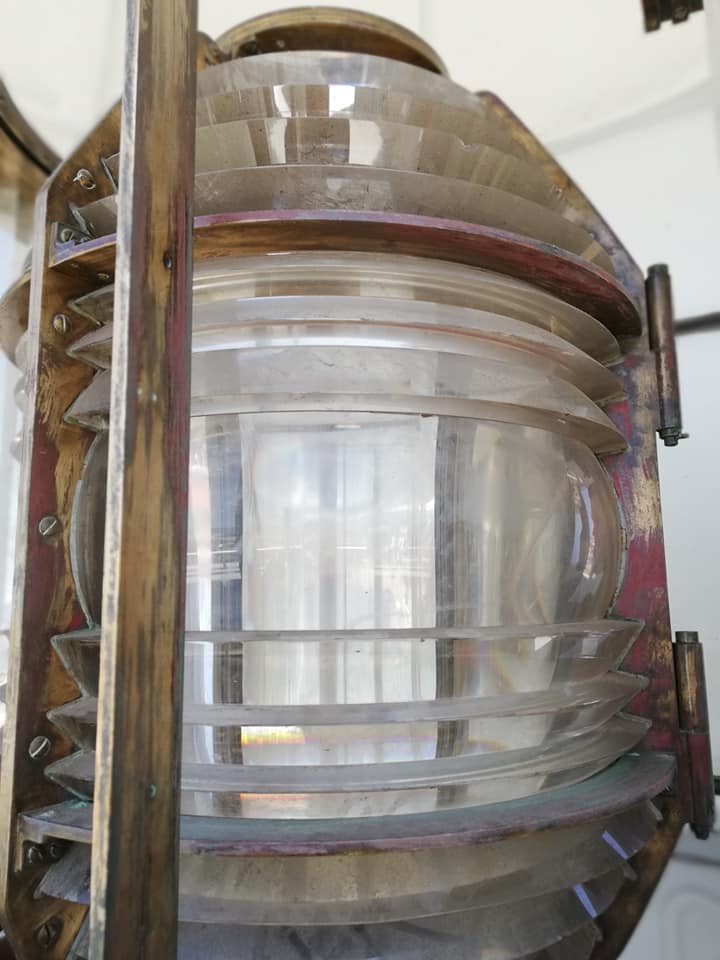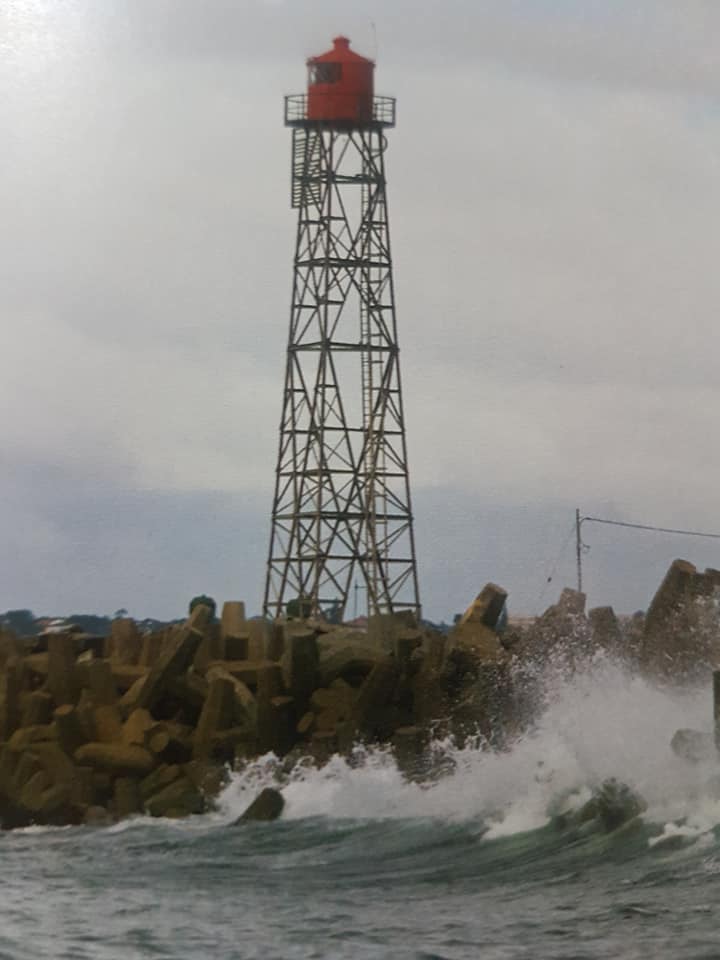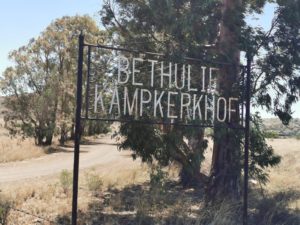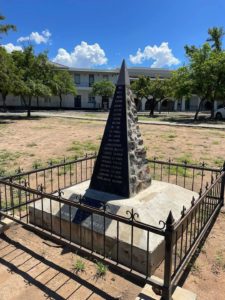Vuurtoring.
The Hill Lighthouse.
Donkin Piramied.
Port Elizabeth. Oos-Kaap
The Hill Vuurtoring
1861-1973
In die middel van Port Elizabeth pronk die statige spierwit vuurtoring wat afgetree het na meer as 100 jaar diens.
Hierdie vuurtoring was die eerste een aan die Suid-Afrikaanse kus wat “koordlose” verbinding met ń ander vuurtoring, nl die een op Bird Island , gehad het- Julie 1921. Voorheen is gebruik gemaak van duiwe.
1863 tot 1930 was daar ń tydbal (chronometer) , ń groot helder bal wat in fases opgehys is en dan presies een uur laat val is. Daarvolgens kon skepe hulle chronemeters dan instel. Ongelukkig het dit verouderd geraak en is vervang met ń paar amberligte wat nie so indrukwekkend is nie.
Na die bou van die Campanile wat meer as 50 m hoog is, is die vuurtoring met 9 meter verhoog en ligte skerper gemaak om die vuurtoring meer sigbaar vir skepe te maak- 1929.
Soos die stad ontwikkel het en voorstede ontwikkel het, het beligting van die stad en hoë geboue die vuurtoring se werk belemmer en het vuurtoring “afgetree”. 1973 het die Deal toring die werk oorgeneem.
2010 is Hill Lighthouse heeltemal opgegradeer met kunswerke en mosaïek om vryheid te vier. Roete 67 is bekendgestel ter ere aan Nelson Mandela en 67 kunswerke opgerig.
Langs die vuurtoring is die Donkin Piramied.
Donkin Piramied
Sir Rufane Shaw Donkin was goewerneur van die Kaapkolonie toe die Britse Setlaars geland het. Hy en sy vrou Elizabeth is jonk getroud en onafskeidbaar en sy het, anders as ander vroue, haar man orals gevolg waarheen sy pligte hom ookal geneem het. 1815 is Elizabeth saam met hom na Indië. Daar het sy siek geword en Augustus 1818 gesterf, vemoedelik lugweginfeksie. Hulle het een klein seuntjie gehad, George David Donkin. Sir Donkin was gebroke, Elizabeth is in Indië begrawe, maar hy het haar hart laat balsem en saam met hom SA toe gebring. Hier het hy die stad Port Elizabeth na haar vernoem en ń 10 meter hoë piramied vir haar gebou. Die basis 8 m in deursnee. 1938 as Monument verklaar.
Die inskripsie op die piramied lees:”To the memory of one of the most perfect of human beings who has given her name to the Town below”.
Sir Donkin het later teruggekeer na Engeland, weer getrou, maar die verlies van Elizabeth het hy nooit oorkom nie en depressie het hom oorval. 1841 het hy selfmoord gepleeg. Hy is in Indië begrawe by sy geliefde Elizabeth, met haar gebalsemde hart in sy hande.
A pyramid at the foot of Africa and how a city got her name
17 June 2014 | By Lynnette Johns
Sir Rufane Donkin, bereft after the untimely death of his young wife, Elizabeth, honoured her by naming the landing area for the British settlers of 1820 Port Elizabeth, and commissioning a pyramid in her memory.
Donkin never recovered from his Elizabeth’s death in 1818, and committed suicide on May 1, 1841, on what would have been their 26th wedding anniversary. Born into a military family, Donkin was himself a distinguished officer who served in the West Indies, Denmark, the Netherlands, Portugal (against Napoleon) and India. He rose through the ranks quickly: he was a captain at 20, a major three years later and a lieutenant-colonel by only 25. For his military service he was knighted, in the Knight Commander class of the Most Honourable Order of the Bath.
Donkin and Elizabeth were married in 1815, and the couple left for India shortly thereafter. Tragedy struck less than three years later. Elizabeth gave birth to their son, George David, in December 1817, but she never fully recovered from the birth and died of a fever in August 1818.
A distraught Donkin had his wife’s heart embalmed, which he took with him when he and George left India for England, shortly after Elizabeth was buried. Donkin would eventually be buried with her heart.
He and his infant son came to the Cape after Elizabeth’s burial (Donkin was on extended sick leave). He was on his way back to Britain when he was asked to be acting Governor of the Cape, a role he took on between 1820 and 1821. His main responsibility was to oversee the landing of the 1820 settlers at Algoa Bay, which he renamed for his beloved.
He not only named the town Port Elizabeth, he commissioned the stone pyramid on a hill overlooking the ocean. Inscribed on the pyramid is a poignant message: “To the memory of one of the most perfect of human beings, who has given her name to the town below.”
A lighthouse was built next to the pyramid in 1861, and the pyramid was declared a national monument In 1938.
In 1821, he was promoted to the rank of lieutenant-general, became a member of the British parliament and was made a member of the Royal Guelphic Order, in the Knight Grand Cross (GCH) class.
Even though he remarried, he never recovered from Elizabeth’s death, and committed suicide on 1 May 1841. He was buried with her embalmed heart.
The Donkin Reserve is an integral part of Port Elizabeth, it is not only an iconic attraction, but is also where Route 67 ends. It is also home to the biggest South African flag in the world.
Route 67 forms part the greater Nelson Mandela Bay Arts Journey, which includes a number of art galleries, museums and public works of art. The lighthouse is home to the Nelson Mandela Bay Tourism office.
Deal Vuurtoring.
Alluminium struktuur met rooi lantern huisie.
Werksaam vanaf November 1973.
Onbemand en onindrukwekkend. Die naam Deal kom vanaf die Deal geselskap, die pioniers vanaf Deal in Kent wat hulle hier aan die buitewyke van Port Elizabeth kom vestig het


